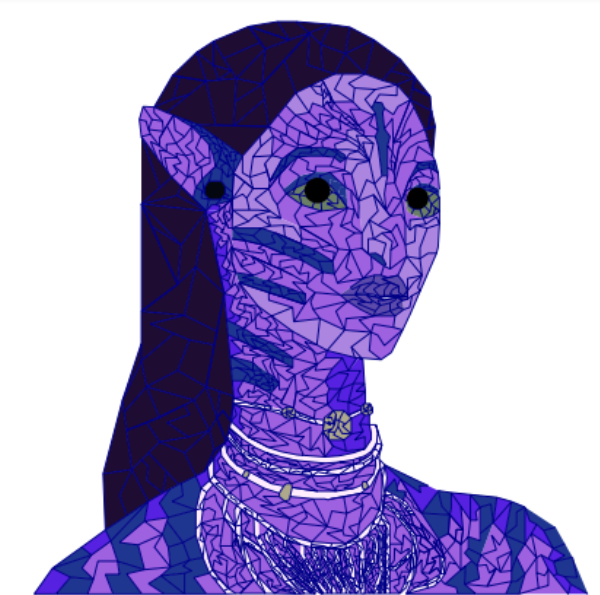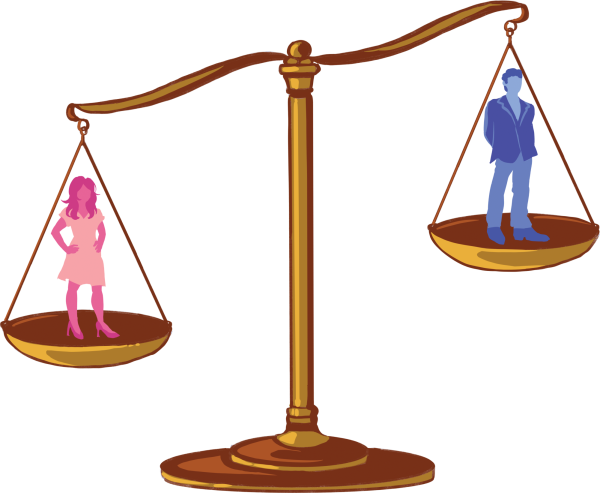See the Space Seas of CGI
How Avatar’s Tech Has and Will Revolutionize Movies

graphic by Alexandria Valencia
November 16, 2022
In the lush landscape of Pandora, the storyline of the “Avatar” franchise played out, and the viewers were right there with it. Computer-generated imagery (CGI) was utilized very heavily and brought the world to life in a way that hadn’t been done before, according to Screen Rant. “Avatar,” directed by James Cameron, was released in 2009. Now, after 13 years, a second “Avatar” movie will be coming out on Dec. 19. Cameron has directed multiple award-winning films including “Titanic,” “True Lies,” and “The Terminator.”
University of Texas professor Ben Bays teaches in the Radio, Television, and Film (RTF) department. He has been working in RTF for 24 years, some of which has been spent working with CGI.
“The movie was filmed in 2009 which is a long time ago if you think about it,” Bays said. “I guess people just ended up forgetting about how good the CGI was in it.”
According to the Guardian, “Avatar” was created with 70% CGI. This was made possible by motion-capture technology, which, according to the Motion Capture Society, was pioneered by Cameron.
“They used higher tech suits [motion-capture suits] which let them record specific facial expressions which made the movie way more realistic,” Bays said. “That is why the movie is so well done, and so well animated.”
According to The Guardian, these motion-capture suits improved how facial expressions and small movements were recorded. Audio and Visual Production teacher Vanessa Mokry said that motion-capture suits allow actors to pretend they were the animated character.
“Actors wear a suit that’s got a bunch of little sensors on it,” Mokry said. “They look like ping pong balls, usually. It lets the actor move around while the computer captures their movement … and create a performance that’s going to then be a CGI character, but it has their movements and their physicality.”
According to Bays, the utilization of advanced CGI is one of the contributing factors in making about 2.8 billion dollars in profit from the global box office. This makes “Avatar” the highest grossing film across the world, according to the Insider.
“It was one of the first [movies] that was done to that extent into that level of realism, I think at the time,” Mokry said. “[Avatar] raised the bar on the quality and the expectations of the audience.”
While viewers, such as Bays and Mokry, appreciated the use of CGI, others appreciated the plot as well. Film critic Bart Weiss, a member of the North Texas Film Critic Association, feels that “Avatar” successfully communicated the story it had in mind.
“I don’t know if it contributed to it being successful, but it was the right way to tell the story that he wanted to tell,” Weiss said. “I think that if he tried it without that it wouldn’t have been so successful. It was really a matter of having a good way to tell the story.”
Weiss feels that the film was particularly unique due to its storytelling and its special effects. He, along with Mokry and Bays, recognizes that the CGI impacted the future of computer generation.
“I think it was a film that really pushed the envelope a bit, and that it was very sophisticated and worked really well,” Weiss said. “I also think that it changed how animation works now.”
This new innovation is present in the new “Avatar: The Way of Water” with Cameron’s underwater motion-capture technology. Mokry feels that Cameron’s advancements in CGI will continue improving and changing the industry.
“It wasn’t just the CGI,” Mokry said. “It was also James Cameron, who is just a force itself at making movies. He’s also continually advancing that tech. I think that ‘The Terminator’ movies and ‘Avatar’ are in his timeline of tech changing movies, and industry evolving.”





